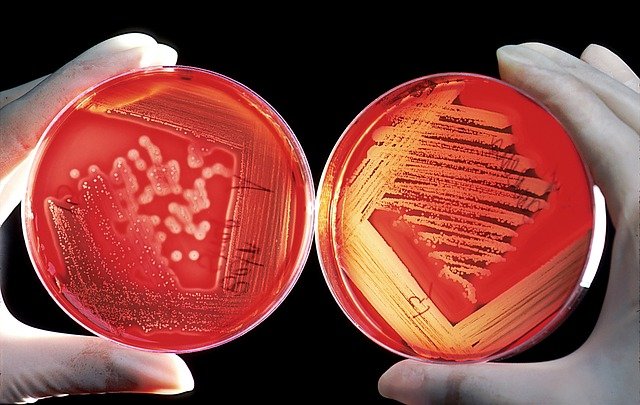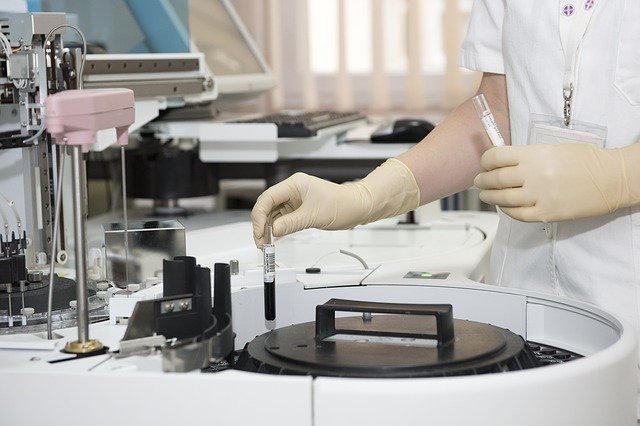
It’s hard to ignore the impact microorganisms have in today’s world. From buying hand sanitizers to UV sterilizers, people are always looking for ways to rid their life of bacteria. If these steps aren’t taken, it can be easy to contract certain diseases.
This same precaution carries over to plastic manufacturing. Considering how omnipresent plastic is in today’s world, they could be easy vectors of disease transmission. Plastics are used everywhere, including in medical equipment and restaurants.
Luckily, antimicrobial plastics make it harder for most microorganisms to flourish. Not only does this make the plastics more hygienic, but it also improves the durability of plastic products.
Here is what you should know about antimicrobial plastics:
What is an Antimicrobial Plastic in a Nutshell?
These plastics are synthetic antimicrobial polymer materials that contain active ingredients that prevent the growth of microorganisms. The role of these ingredients is to provide a sterile environment and guard the polymer surface. They can provide protection against bacteria, algae, and fungi.
They function by altering the cell functions of these organisms, including preventing:
- Protein synthesis
- Nucleic acid synthesis
- Cell wall synthesis
- Cell membrane functions
While the terms antimicrobial plastics and antibacterial plastics are often used interchangeably, there is a slight difference in their functions. The latter only protects against bacteria, while the former protects against a wider range of microorganisms (bacteria, algae, fungi, and micro-animals like dust mites).
How Does an Antimicrobial Plastic Work Essentially?
Where it is important to protect the end product from microorganisms, antimicrobial plastic additives are added to the plastic. Once the bacteria come into contact with the surface of the product, they struggle to produce energy, grow, or self-replicate. These organisms are killed off in simpler terms.
Ideally, the additives are engineered to work like antimicrobial peptides that are used to kill such microorganisms in living things. In turn, this makes the use of these plastics in a variety of situations easy.
Benefits of Antimicrobial Plastics
1. Protection of the End Products
If polymers used in various scenarios are exposed to these organisms, they could easily lead to the spread of disease. A good example is the rising rate of hospital-associated infections (HAI’s) worldwide. The use of antimicrobial polymers in such environments curbs the spread of bacteria and infections. Other notable areas are around shared telecom devices and light switches – prime growth areas for bacteria.
2. Improve the Longevity of Polymers
Bacteria are key contributors to the degradation of plastics. This means that you might not manage to use devices and equipment for long if they are exposed to bacteria. With antimicrobial plastics, you can keep bacteria away, improving the durability of the equipment.
3. Promote High Levels of Hygiene
Most reusable plastics in today’s world can easily host bacteria, from plates to grocery bags. Depending on how you store these items, the chances are that you could easily spread unwanted illnesses. Using plastics that are infused with antimicrobial additives reduces the chances of this happening, hence promoting a more hygienic lifestyle.
Hygiene and Product Longevity Should be a Priority
While the medical industry is the leading force behind antimicrobial plastics, there are many more fields that require this technology. You could use it to promote hygiene and improve the longevity of your products. Assess the immediate use of your plastic products to know whether you need to use this technology.
Feel free to contact Polymershapes today for help designing and producing safe plastic products.





